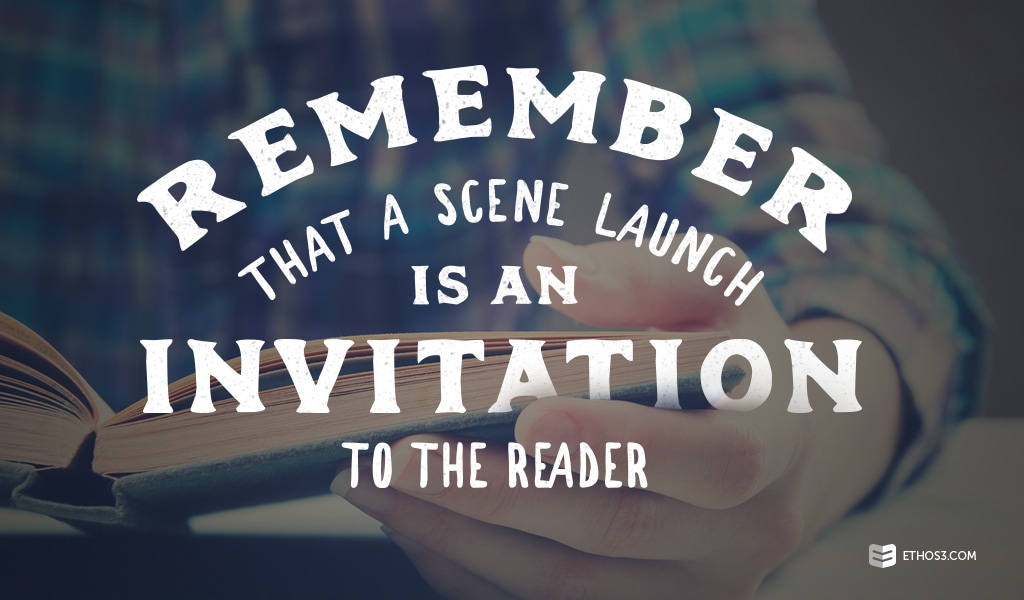At the beginning of every story, a rendition of a scene is the impetus for the rest of the presentation narrative. Many times, the message you want to convey to your audience needs background and context. Whether it is describing the setting – time and place – or acknowledging the unique challenges and needs of your audience members, the setting of a scene enhances your presentation storytelling. Most importantly, however, the scene plays a major role in compelling listeners to hear your ideas and discoveries.

There are a variety of different storytelling techniques to set a scene for your message. Which of the following scene-setters are you?
The Daring Descriptor
This type of scene-setter is a master of the adjective. The first few minutes of their presentation will include a spattering of descriptive words to put the audience in the right frame of mind. Audience members should be able to visualize where the story is taking place, who the main characters are and what they look like, as well as feel the characters’ feelings. The Daring Descriptor usually uses an immense amount of details when they are necessary to divulge in order to communicate the precise message.
The Ace of Action
This type of scene-setter emphasizes intensity and change. They don’t have the time or the patience to describe any aspect of their story. No. Their storytelling starts with a bang. The action drives the narrative, which is likely fast-paced and direct. There may be many scenes to this presentation and a variety of transitions will occur – when boring events and details need to be skimmed over or even when perspective needs to change. You can expect the title of this scene-setter’s presentation to have a sense of mystery. You’ll read the first slide and wonder what he or she might add to an industry conversation or what intriguing perspective they might take on a standard issue.
The Succinct Summarizer
Finally, those who prefer to get even more straight to the point than The Ace of Action will set the scene with a summary of events. A presenter could begin with a short sentence that communicates much more than what is said. For example, a presenter might open their presentation with this sentence: “The recall shocked every employee.” This one sentence sets the scene for later action without beginning with action.
A presenter that values scene-setting is a presenter that values his or her presentation audience. A well-crafted scene is capable of drawing people to your content and keep them invested in your message. Looking for more storytelling tips and techniques to elevate your narratives? Check out the resources below:
Discover the Basic Elements of Setting in a Story
3 Science-Backed Ways to Use Humor in Your Presentations
Change Perspective: Point of View and Your Presentations
